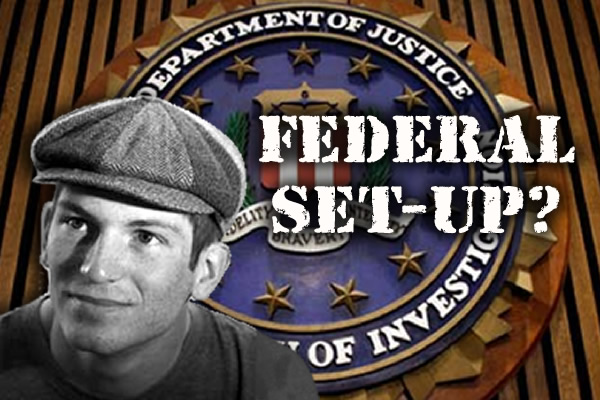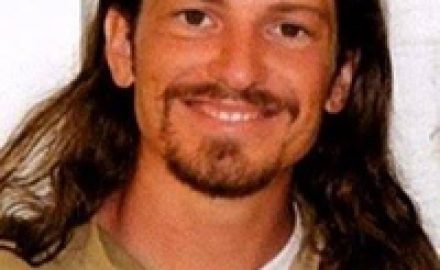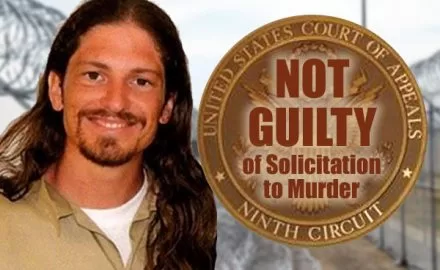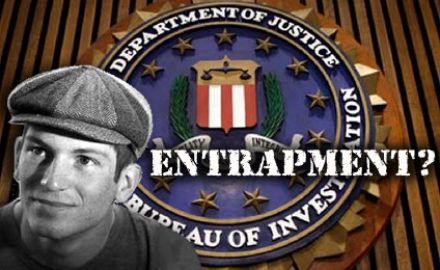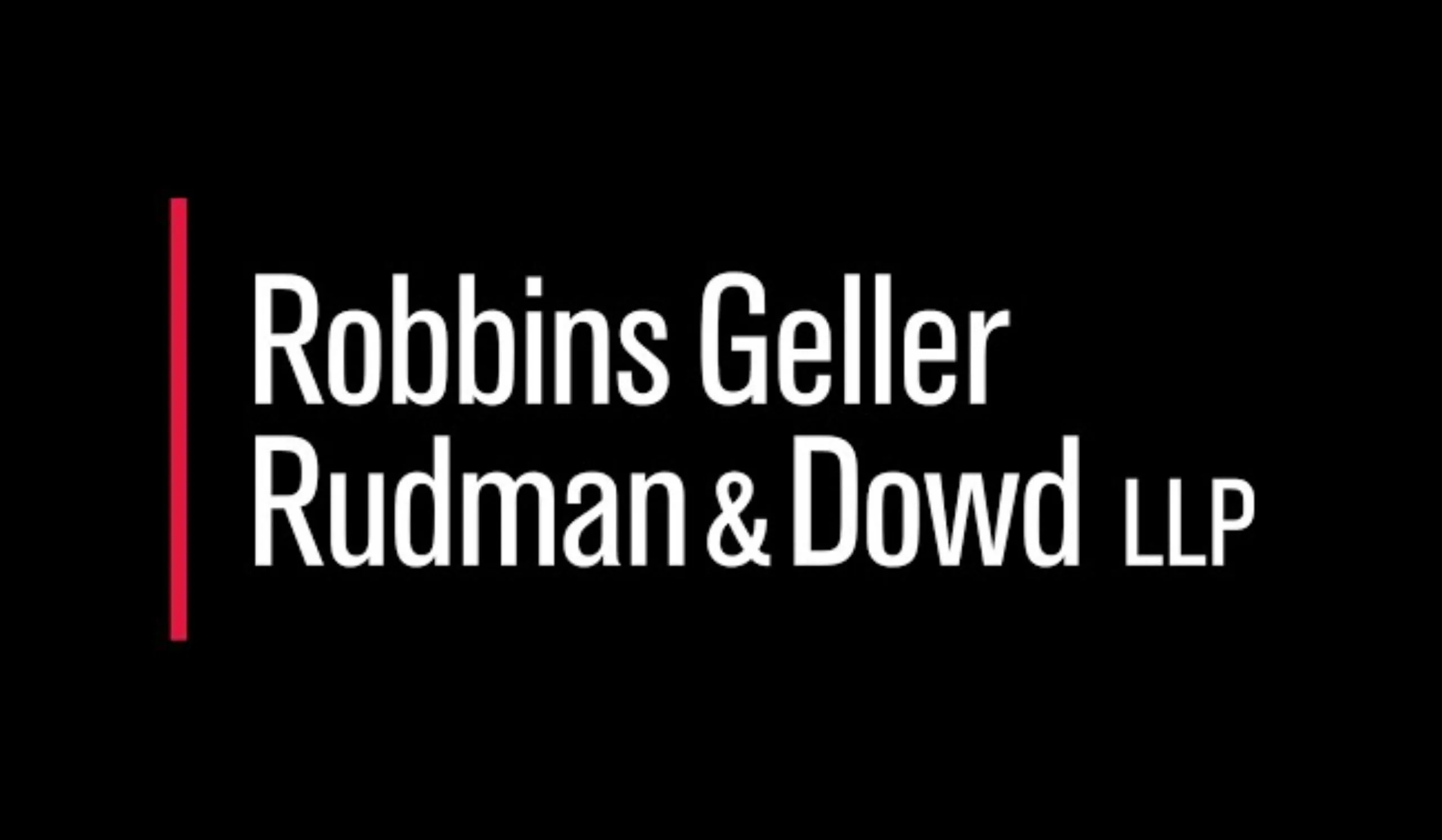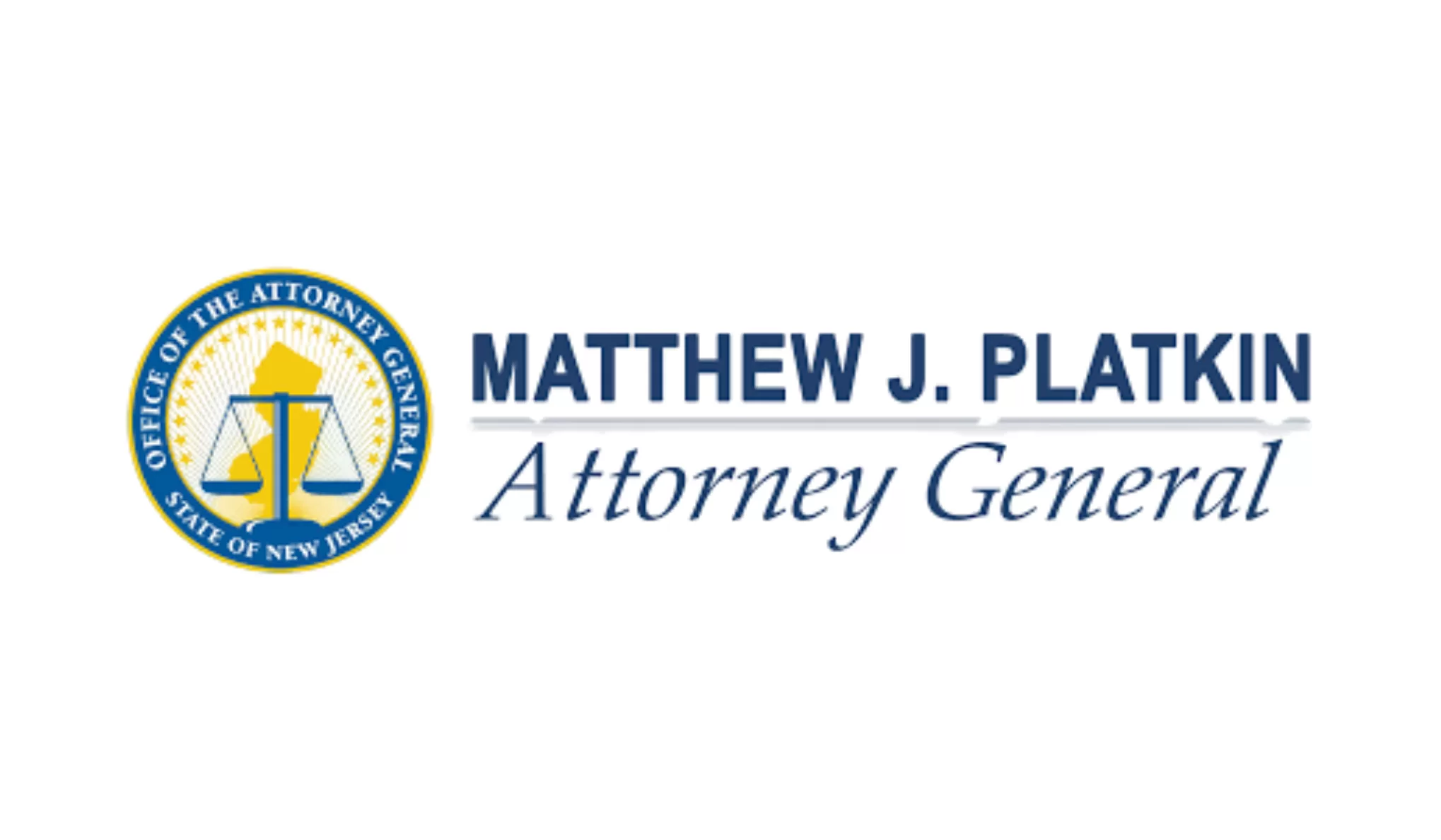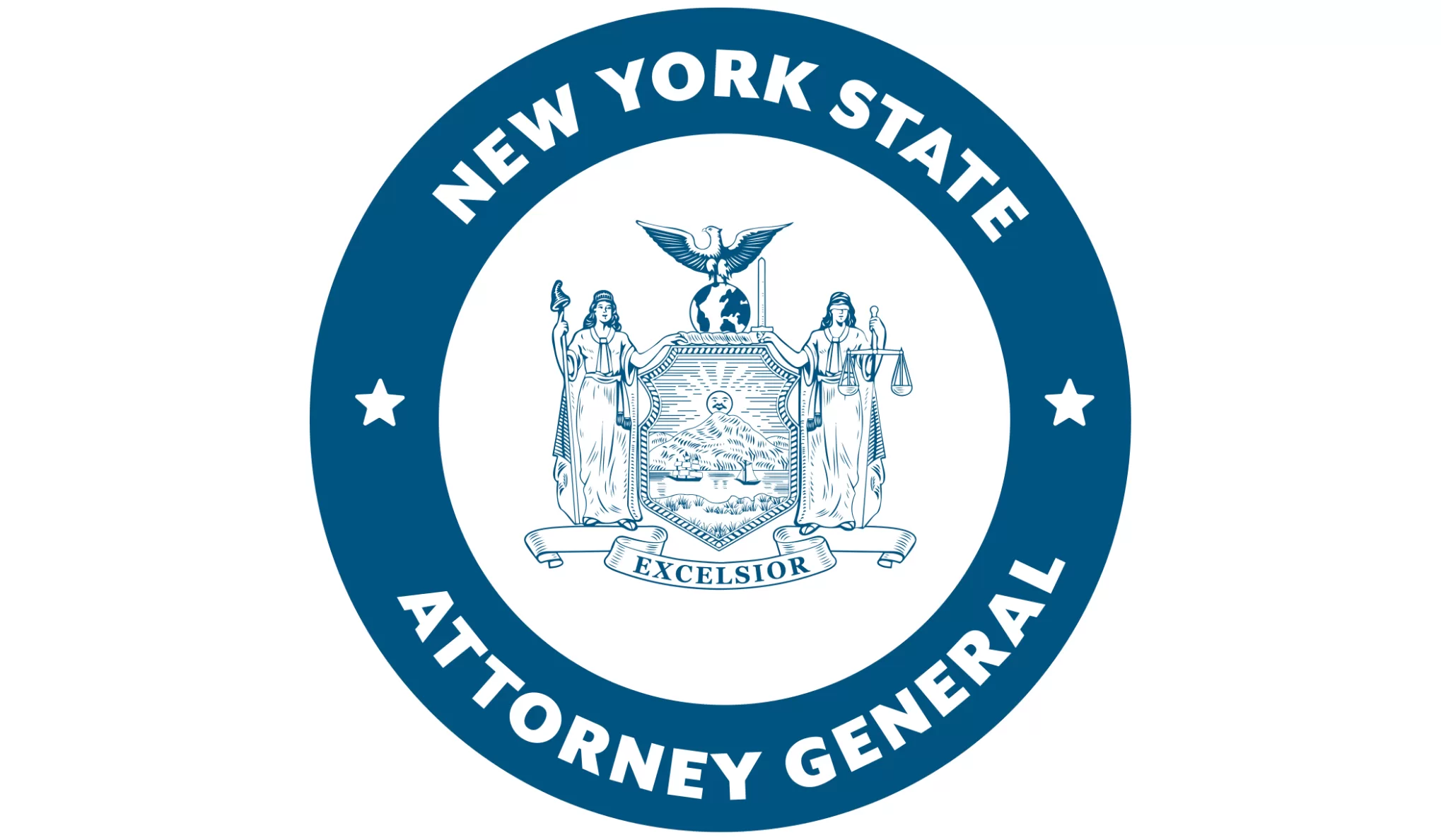By Kelly Stone
Investigative Journalist
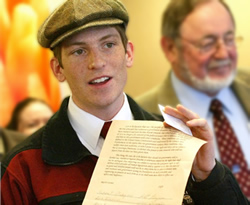
Several months ago the US~Observer reported on the Schaeffer Cox case. In that article, which can be read here, we outlined how the government became interested in Cox simply because he spoke out against what he believed to be a corrupt US Government. You’d think the 1st Amendment which protects your right to free speech; to speak horribly of the government if you so choose, would have protected Cox, and you’re right it should have.
In fact, according to the ruling by the Supreme Court of the United States (SCOTUS) in Brandenburg v. Ohio (1969), an individual can’t be punished for inflammatory speech unless it is likely to incite imminent lawless action. The exact definition of the word “imminent” has been clarified by the court in a subsequent case, Hess v. Indiana (1973). Hess was a man who was part of a demonstration that occupied a street. The Sheriff’s Department then cleared the people from that street. The court found that Hess’ speech when he vocalized aloud that they were going to “take the f***ing street later (or again)” was protected speech, in part, because his speech “amounted to nothing more than advocacy of illegal action at some indefinite future time,” and therefore did not meet the imminence requirement.
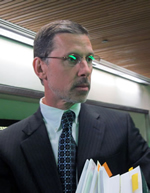
According to all of the evidence the US~Observer has scrutinized, Schaeffer Cox never made a statement that called for an immediate action, other than protesting by peaceful means. Everything Cox ever stated about the need for bloodshed was clearly hypothetical what-ifs, as the cumulative evidence clearly shows. Any pointed comment about a particular judge or public official was clearly expressed as an emotional and theatrical commentary, not as a call to specific action. But, Assistant United States Attorney (AUSA) Steve Skrocki and team, sure crafted a work of art that apparently swayed the jury.
It has been reported that out of the hundreds of hours of audio recorded by the FBI during their lengthy investigation into Cox, the jury received only 5 hours but only got to hear around 90 minutes of it; 90 minutes of cherry-picked sound-bites that could sway a jury; of course the exculpatory audio (some of which we are presenting herein) was all disallowed.
For those of you not wanting to read the previous article, Schaeffer Cox was a young man who believed in every letter of the constitution. At the age of 23 in 2008, he was a rising political star in Alaska, and over the next several years he went on to to form several groups, the Second Amendment Task Force, the Liberty Bell Network, and the Alaska Peacemakers Militia, all based out of Fairbanks, Alaska.
According to one FBI dispatch, information collection into Cox’s activities began as far back as 02/05/2009.
Late in 2009, Schaeffer had made his way to the lower 48 States from his home in Fairbanks. He attended the 2009 Continental Congress and had been invited to speak at several functions around the country. Throughout November and December he gave several speeches called “The Solution“.
Cox’s Plains, Montana recitation of that speech on 11/24/2009 has been referenced time and again as the beginning of the Schaeffer Cox case. In the speech he made an outrageous claim that he controlled 3,500 men with all sorts of military hardware.
While Cox’s embellishments apparently raised the arm hair on some federal employee somewhere, the prudent method of discerning if there was concern was to simply contact the local Alaska State Trooper’s (AST) office to see if Cox’s claims could possibly be true – which it wasn’t. This actually occurred when AST Captain Burke Barrick estimated to the FBI “that several dozen individuals may claim to be associated with a militia in the vicinity of Fairbanks”.and not the 3,500. A further investigation found that automatic weapons attributed to Cox were also fictional. So, when the truth came out that Schaeffer Cox didn’t have an ominous, well-armed and trained army, why was any further investigation continued? They had to make their boogeyman, that’s why.
Let me explain; you have to recall the time all of this was taking place. The Tea Party flourished; a huge amount of animosity percolated up toward the federal government, and the biggest “threat” as outlined by the 2009 Department of Homeland Security’s Domestic Extremism Lexicon seemed to be from Constitution loving Christian U.S. patriots who believed that it was their right and duty to be a part of the militia.
In order to legitimize a threat, if one isn’t there, don’t they have to create it? And, who better to pull something like that off than agents and prosecutors who worked together before to take down a Republican United States Senator, Ted Stevens, in the now infamous Polar Pen investigations. Surely they could take down some kid from Fairbanks with delusions of grandeur.

Enter AUSA Joseph Bottini, who was placed in charge of Cox’s investigation.
A little background on Bottini is important for a clear understanding of what transpired in the Schaeffer Cox case. According to the Project On Government Oversight:
In February 2009, an FBI special agent blew the whistle. He said the prosecution team had withheld important evidence from Stevens’ defense attorneys that could have helped the Senator win a verdict of “not guilty.”
Over the next few months, the federal judge in the case held the prosecutors in contempt, the Attorney General voided the convictions and dismissed the indictment, the [Office of Professional Responsibility] OPR launched a probe of the prosecutors’ conduct, and the judge, citing his concerns with OPR, appointed an independent investigator.
Judge Emmet Sullivan said the appointment of an independent investigator was warranted because “the events and allegations in this case are too serious and too numerous to be left to an internal investigation that has no outside accountability.”
In May 2012, the Senate Judiciary Committee, not OPR, publicly released OPR’s August 2011 report on misconduct in the Stevens case.
OPR’s report stated that prosecutors Joseph W. Bottini and James A. Goeke “acted in reckless disregard of” their disclosure obligations.
Bottini had been slated to be punished for his part in withholding exculpatory evidence in the Stevens case by an imposed 40-day suspension without pay. Bottini’s attorneys filed a response to the Department of Justice’s Office of Professional Responsibility’s original determination. In that document, the attorneys ask for the benefit of the doubt that Bottini’s actions not be considered prosecutorial misconduct, as well as asserting that he accepts some responsibility, saying:
Assistant United States Attorney (“AUSA”) Joseph Bottini acknowledges that he played a role in the resulting discovery violations, and he will always live with a profound sense of personal regret for the effect those violations had on the integrity of the Stevens trial and on the Department he loves and has spent his entire career serving.
In a 2013 “administrative” hearing, Bottini’s suspension was overturned. He never even served one day of his suspension.
Bottini’s role in the Schaeffer Cox case might be even more insidious than in Stevens’ and seeing as though there is little if no repercussions for one’s actions as an AUSA.
The Solution to the Cox Problem?
Shortly after Cox’s speech in 2009, and according to court records, Cox’s friends and members of his militia began to be infiltrated by two FBI Confidential Informants (CIs), and even more “intelligence” was being gleaned from a number of sources within the Fairbanks community.

In the first part of 2010, Cox was arrested twice. First, on February 25, 2010, when Cox and his wife Marti got into an altercation while they were driving to Marti’s mother’s home. In a letter hand-written by Marti, she outlines how her mother had pressured her to report the incident to police and that the matter was blown completely out of proportion. Cox later accepted a plea to one count of reckless endangerment.
Next, on March 18, 2010, Cox was called by a woman in his Liberty Bell Network to come to her home as she felt her rights were being violated by the Fairbanks Police Department. Upon arriving at the residence and walking toward it, Cox was stopped and told he wouldn’t be allowed inside with any weapons. He was told to put his hands on top of his head to be pat down. As the officer inquired about the bullet proof vest Cox was wearing, Cox also informed him of the .380 pistol he was carrying. However, the police officer took Cox into custody for failure to disclose his weapon. (conceal-carry-arrest-1.wma) Court hearings for this case would later become pivotal in the governments assertion that Cox and his militia were dangerous and had an imminent plan of action.
It has been reported that on March 23, 2010, the Office of Children’s Services (OCS) showed up at the Cox home telling Cox they were there to remove Cox’s 18 month old son, Seth. Cox refused to give them his son. According to Cox’s then lawyer, Robert John, OCS refused any kind of mediated interview of the child. Eventually, in June of 2010, OCS filed a Writ of Assistance (writ-of-assistance.pdf) asking for law enforcement to do everything in its power, including the use of force, to find Seth and interview him.
This is where Schaeffer Cox’s case takes a turn to the surreal. Cox is reportedly so upset by OCS trying to take his child, and he is starting to suspect it has more to do with his politics than anything else, he takes his family and goes to the U.S. Army’s Fort Wainwright to seek asylum. An Army Desk Clerk for the Provost Marshal named Steven Gibson happened to be on shift later in the evening when the US Marshal’s office appeared looking for video footage of Cox on base. Apparently, the FBI had been there earlier in the day to get the same footage. According to Gibson, Cox was in danger. The Marshall had made comments that Cox was a problem and that problem just might get taken care of if he (Cox) resisted OCS or any other agency during the taking his child. Read Gibson’s trial testimony.
Gibson met with Cox and disclosed to him that FBI agents and US Marshals had an interest in him, and he told him about the perceived threat to Cox’s life, and that if it was all about the OCS case, he should resolve it immediately. He further recommended Cox should seek the professional opinion of a psychiatrist to give it to OCS.
The CI Conspiracy Game
In a Federal Bureau of Investigation dispatch dated 04/05/2010, two AUSAs, on multiple occasions, concluded that Cox’s speech had not “crossed a line in his statements on which the issuance of subpoenas or national security letters would be appropriate.” Yet, the dispatch makes it clear there was already an investigation underway and that they would be increasing staff to further it. This begs the question; why, especially when it is the sentiment of the United States Attorney’s office that no action was warranted? Obviously, someone in the Justice Department didn’t like what Schaeffer Cox was saying, and that his message was spreading to other parts of the country. Or, was it something more insidious? Was Bottini simply signaling to the agents in charge of the investigation, to ramp it up; that they hadn’t gotten their man yet and needed to push harder? Pushing harder is exactly what happened.
People who had “relationships” with troopers and agents began whispering every rumor that circulated. In one instance it was Guy Christopher Mannino who slipped it to an officer that Cox had 8 grenades that had been stolen from Fort Richardson. He said he got this information from Michael Dukes of the Alaska radio show, The Michael Dukes Show. Dukes passed it off onto Steve Floyd, a fellow radio host, and Floyd passed it off onto Aaron Bennett, the owner of Far North Tactical – a surplus store and firearms dealership. According to the officer who looked into the story, it was all speculative hearsay and he saw no need to pursue it further. But what this does show is how law enforcement can so quickly become embroiled in an investigation that all begins with a made up story. Unfortunately for Cox, the rumors of his possession of or his quest to possess hand grenades became a focal point in his trial.
Both Bennett and Mannino are reported to have played much larger roles in the Schaeffer Cox investigation than previously known. Mannino has subsequently been convicted on “three of five charges of solicitation to commit murders of a witness and federal officers.” According to a US~Observer journalist who visited with Mannino in the Fairbanks jail late last year, Mannino relayed to him that the Troopers who he was friends with and had worked with on multiple occasions turned their back on him when he was no longer useful – that it is what they do in Fairbanks.
Bennett actually played a more pronounced role in Cox’s case. He had been personal friends with Bill Fulton, one of the main CIs who threatened Cox to get on board with carnage. It was at Bennett’s establishment where Cox was cornered by Fulton, and another man violently assaulted during a meeting wherein Fulton claimed Cox had a plan of violence . References to Bennett are littered throughout the audio files and transcripts with Cox saying on multiple occasions that Bennett was a violent hot-head and he wanted to stay away from him. As for Bennett, it is obvious there is no love loss between he and Cox. Even still, Bennett testified for Cox’s defense.
Also, it appears as if the relationship Bennett had with Fulton disappeared when, as Bennett put it, “[Fulton] convinced the FBI that I had a large militia and was even bigger than Cox as a target.” (So, they were looking for a “Boogeyman to set-up!) In what was an interesting Facebook exchange (from February 1, 2015 – March 8, 2016) between Bennett and Fulton, Bennett made some serious claims:
“… we were bros you pos, that’s what makes it so damn rotten. YOU AN I WERE CONFIDANTS AND YOU TRIED TO BETRAY ME. You tried and went out of your way to make me a criminal. You think I can’t figure out what was going on at my store meeting and your insistence I be a player? Or the hotel deal? … Bill you sucked at getting me in jail. Bottom line, in the end they went to all my friends and threatened them with prison if they did not “tell” on me. Alan Flowers, Bobby David can tell you first hand, all the FBI Intel? Was Fulton perspective. That is fact … They had a warrant for me bill, and last min decided not to arrest me. That is also fact, the attempt to make my friends turn on me was a last ditch, I guess they assumed all my “friends” are like you eh? … Why don’t you do the right thing and stand up and say it was all bs and cox is in jail for nothing. It would be an unwise and unjust jealousy to deprive a man of his natural liberty, on the supposition that he MIGHT abuse it. Bill you did just that. Cox committed no crime, redeem yourself and I will call you friend.”
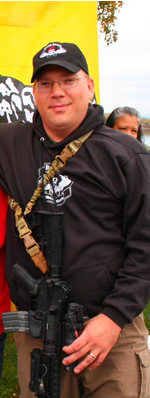
CI-1 Fulton, an ex-military guy who owned an army surplus store in Anchorage is, according to himself, a career informant for various agencies. It is reported that he loves being the center of attention and drinking is part of that game. He has also been known to be extremely dangerous – even to investigations he is part of. Allegedly, Fulton’s pushing of Cox was so extreme that the FBI refused to accept some of his evidence, and further decided not to involve Fulton as a prosecution witness for fear that certain exculpatory evidence could be introduced with his participation. One such recording was from a meeting between Fulton and Cox at Pike’s Landing Lodge in June of 2010. The FBI said there was no recording, when in fact they refused to accept it from Fulton and told him to destroy it, which he testified to doing. What Fulton didn’t tell his handlers was that he taped his meetings with them, too. Fulton had taped the play-back of the original Pike’s Landing recording to Special Agent Espeland – in essence he rerecorded the original. That recording destroys several points that Fulton asserted to his handlers that Schaeffer Cox had a plan to serve warrants on Judges and hang them.
The fact is, at Pike’s Landing, Fulton stated in no uncertain terms to Cox that someone else claimed that they would take down judges. Cox didn’t bring this up to Fulton as some big reveal of some master plan, as Fulton made it seem during his testimony. It was a construct of Fulton’s. And, as he told Special Agent Espeland it was “bullsh*t.”
The night after Pike’s Landing was chaos. In a meeting called by Bennett and Fulton at Bennett’s Far North Tactical store, otherwise known as Blondie’s, a group of individuals were being told that Cox had a violent plan. According to the testimony of Mike Anderson who was present for the meeting, when Cox finally arrived, he seemed surprised by Fulton’s presence and confused as to why Fulton was even there. When Fulton kept pressing Cox to reveal his “plan” to arrest certain judges, Schaeffer’s colleague, an elderly gentleman named Les Zerbe, informed Fulton that no such plan ever existed.
Flying into a tirade Fulton pulled his knife and went for Les’ throat.
Within days after Fulton’s violent outburst and threat, Schaeffer Cox met with AUSA Steve Cooper, in Fairbanks and warned him that there were individuals who were coercing him to target government officials and cause harm. Cooper even testified for the defense in Cox’s trial but was stopped short before being able to answer as truthfully as he could have.
From that point forward Cox distanced himself from Fulton. In essence the government’s rouse to create the patsy of the militia movement had failed, for now. Even the OCS issue was positively resolved by Cox’s attorney.
Enter CI-2 Gerald JR Olson
It is important to note that Cox believed the United States Government was quickly falling apart; that many of the federal agencies worked above the law and were corrupt. He couldn’t see how our national debt could ever be paid for, and saw China as a willing invader, soon to come collect what it was owed. He believed the U.S. had a limited lifespan and he wanted to protect his family and community. There was no time line; there was no rush. He just wanted to be ready for when it did all come tumbling down.
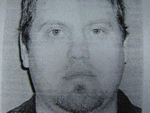
From July 30, 2010 until Cox’s arrest on March 10, 2011 the FBI used Gerald Olson to record over 100 hours of interaction with Schaeffer Cox and his friends. It has also been alleged that they also used Olson to steer conversations, and implant ideas.
A great amount of emphasis in Cox’s case centered around 241 or two for one and some sort of list. Shortly before Cox was going to protest his weapons charge from March of 2010, a meeting was held with several people, where they discussed what they were going to be doing on the upcoming court date – one Cox had no intention of showing up for.
During the Grand Jury, Olson testified that at a meeting Cox had told them to use 241, that if he was captured, “We were supposed to go and start rounding up anybody that had anything to do with his case, the — the judges, the — the state judge McConahy, the troopers that were involved with — with the case, and any — basically anybody that could have prevented him — prevented them from — from — from arresting him. So — so the — the DA Arne, the DA, just everybody involved in his case having to do with law enforcement or the court system.”
241 is discussed on the audio file of this meeting, however it is never discussed as a real imminent possibility, rather it is a speculative concept that is discussed and pushed off as “something to be trained for”; a bluff that you pray should never be used, but train for it to give the perception that it can be used. But, one thing the trial jury never heard was just how clear Cox was in saying he wanted every kind of peaceful protest imaginable. And, that he was not going to “pull a Rambo, but a Gandhi.”
Other discrepancies in Olson’s testimony as opposed to the audio recordings include, but are not limited to:
Cox telling everyone to sign up for Twitter so it can be used for 241. Not true.
Cox said he knows that we’re all ready to die for the cause, but he said the thing we need to prepare ourselves for was to kill for the cause. Wrong again.
While Cox may have said many poignant things in private moments he felt were in confidence, as every person has a reasonable expectation of privacy, his actions proved to be that of a person who bluffed big while remaining steadfastly peaceful. This was proven at many points throughout the “investigation.”
Soon after the meeting, Cox and his family had finally had enough and he was seeking to transport his family out of Alaska. He was fearful for their safety and his own. He had been threatened by CI-1 Fulton on numerous occasions and he knew the federal government was out to get him. The fact that Schaeffer Cox wanted to get his family out of Alaska, without letting word get to Fulton, that he would rather flee than fight, was known to the FBI:
FBI Dispatch Friday, March 04, 2011 5:33:00 PM
SC [Schaeffer Cox] is not willing to meet with CHS-2 [Fulton]. Does not want him [Fulton] to know he is still in Fairbanks.
Wants CHS-I [Olson] to broker deal. SC willing to meet ‘trucker’ to discuss transport.
– Special Agent Rick Sutherland
Unfortunately for Cox, he tasked Olson to help make this happen as Olson promised that a friend of his with a big-rig truck could haul him out. Unfortunately for the government, there was no threat of imminent danger that they could arrest Cox on – as there hadn’t been for more than a year. Since Cox was threatening to take his family and leave the government needed to create the threat of imminent danger, like they had their whole case. A plan to get weapons into Cox’s hands was hatched.
Even though Schaeffer Cox never purchased those weapons, he was arrested on the exact spot he thought he and his family would be leaving from in order to find peace. The government had gotten their man. Through denial of exculpatory evidence, they kept him, and Cox is now known as the scary militia guy who was caught plotting to overthrow the government and kill a few people along the way.
The sad thing is, it could happen to you.
Editor’s Note: Several Freedom of Information Act (FOIA) requests have been filed since Cox’s incarceration regarding a 3rd (potentially only a state trooper informant) have provided valuable clues as to the identity of this individual. Should it be found there was an undisclosed CI, Cox’s case could very well be overturned on Brady and Napue violations (failure to disclose evidence that is favorable to the defendant is grounds to have his conviction overturned).
Cox’s Story is not over. We will be adding to the list of evidence that proves his innocence.

